EENA Operations document on ‘eCall’ updated
Traffic incidents are one of the major causes of deaths and injuries in Europe. A timely and efficient intervention by the emergency services is crucial to save lives and reduce human suffering. In many cases, passengers of a vehicle involved in an incident are unable to contact emergency services. Moreover, if they do so, it […]
ESENet final workshop: Looking forward
Efficient communication during rescue operations and emergency management is significant, especially when thinking of the cost: delays or misunderstandings can lead to the loss of human lives. Emergency Services Europe Network (ESENet) aimed at establishing a network of stakeholders in the Emergency Management domain in order to identify, discuss and agree on needs, requirements, new […]
Hearings of the new European Commission in the European Parliament: eCall and 112 on the agenda
EU – EENA is encouraged that the topics of the European Emergency Number 112 and eCall were raised by the European Parliament during the EP Hearings 2014, and welcomes the initiative of the European Parliament to address these important issues.
More than 1000 EENA Members from over 70 countries now connected through EENA networking tool!
EENA is delighted to announce that EENA Members App, our Members’ brand new networking tool, is up and running.
EENA’s response on ECC Public Consultation and Draft Report on Caller Location in support of Emergency Services
EENA would like to welcome the public consultation on the ECC Draft Report 225 and is delighted that the issue of caller location is being addressed. EENA completely agrees with the conclusion that “A-GNSS should be implemented as a caller location technique in addition to the existing network based methods”. We are very much in […]
European Public Safety community gives cautious welcome to report on the future use of the UHF band in Europe
EU – The European public protection and disaster relief (PPDR) community has given a cautious welcome to the recommendations in the High Level Group (HLG) report made to the European Commission on the future use of the 470-790 MHz UHF band.
EENA Operations document on ‘Assessing meaningful response times’ released
The aim of this document is to provide a general overview of why response times are needed and why the quality of those interventions needs to be robustly and transparently measured from the citizen’s perspective. It discusses the types of interventions that need to be evaluated and provides a rationale for doing so. The document […]
EENA NG112 document on ‘Next Generation 112 transition models’ released
This document provides an overview of how to transition from an existing 112 emergency architecture to NG112 using a number of different steps. The intent of this document is to assist implementers in planning the migration of their specific 112 deployments to NG112. Different transition models allow a solution to be selected based on specific […]
EENA Operations document on ‘Contingency plans’ released
All public safety answering points (PSAPs) have to be available or reachable 24 hours a day, all year long. However, they may become partially or totally unavailable due to all kind of different reasons such as technical failures, epidemics or natural disasters. Emergency services need to be prepared to react when situations like this occur. Consequently, PSAPs have […]
EENA Operations document on ‘112 PSAPs Technology’ Released
The purpose of this document is to create a general overview of technological systems and services used within 112 systems today. Depending on the mandate of the public safety answering point (PSAP), the main technological systems that are necessary are, for instance, call taking system, computer aided dispatch (CAD), Geographic Information System (GIS) and the radio network. Calls […]
